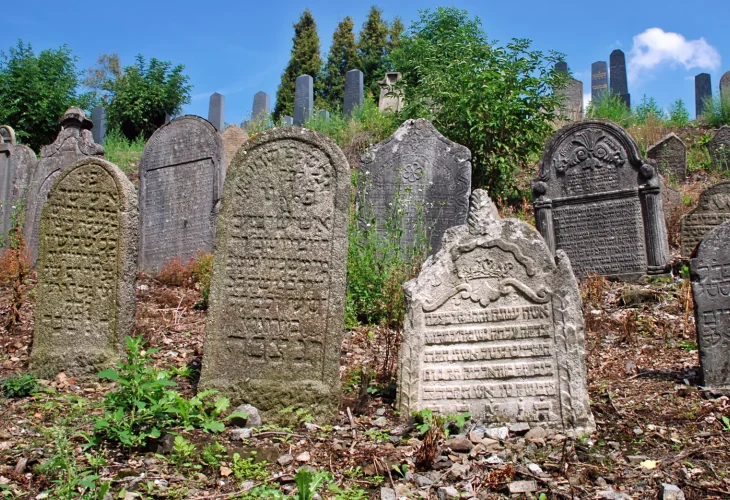Unveiling History: The Discovery of Ancient Jewish Heritage in India
Last week, a surprising discovery was made in the city of Ramanathapuram, India: within an ancient well, a large stone was found, appearing to be a part of an old gravestone. Though the farm workers couldn't decipher the script or showed much interest, a student named Hatim Ali recognized the Hebrew letters.
 (Illustrative photo: shutterstock)
(Illustrative photo: shutterstock)We know of so many Jewish communities, almost every place you can think of has had a Jewish community at some point. Yet, we don't always know the history of these communities. Without organized records, the start of Jewish settlement remains unclear. Jews have been persecuted worldwide, exiled from one land only to settle in another, expelled from the second and returning to the first... and yet, we've never forgotten our name.
The Chennamangalam Synagogue is considered the oldest synagogue in India. Built about six hundred years ago, its foundations are much older, though precisely how old is unknown. The synagogue is now empty and serves as a museum because all the community's Jews have, thankfully, made Aliyah to Israel. They took with them the synagogue's famous gold crown, gifted to Indian Jews by the Maharajah of Travancore. Weighing 212 carats, the crown was made of gold adorned with rubies and emeralds. The crown once rested proudly in the synagogue of the Nevatim community, where Indian Jews settled. Sadly, it was stolen in 2008, and its whereabouts remain unknown.
In the courtyard of the Chennamangalam Synagogue in India, there stands a gravestone known as "Sarah bat Israel," considered the oldest Jewish gravestone in India. Sarah bat Israel passed away in November 1269, according to the inscription, nearly eight hundred years ago.
However, last week in the city of Ramanathapuram, India, a surprising find emerged: within an ancient well on Mr. Bali's coconut farm, a large stone was discovered, clearly a part of a gravestone. The farm workers couldn't decipher the writing, nor did they show much interest in an old stone, but a student named Hatim Ali, who is interested in history, identified the Hebrew letters. Taufiq Zakaria, an Indian Jewish history researcher, was called in to decipher the inscription and found that the gravestone is older than that of Sarah bat Israel! It records a death from 1224 CE, making it the earliest evidence of the Bene Israel community in India, though tradition holds that they arrived even earlier, of course.
About a year ago, synagogue ruins were discovered in the Ramanathapuram area, but it was unclear from which period they dated. Now, with the gravestone discovery, it is likely from the same time. It seems that centuries ago, someone sought to dispose of Jewish remnants, tossing the gravestone into the well, unaware of its historical significance. The deceased's name appears to be Nehemiah, although it's difficult to be certain due to the condition of the inscription.
Locals report another gravestone circulating among antique enthusiasts in the area. From a photo shown to researchers, the inscription reads "Miriam bat David," and they hope to reach it, too, to preserve the legacy of India's ancient Jewish communities and commemorate their dedication to maintaining their Jewish identity.

